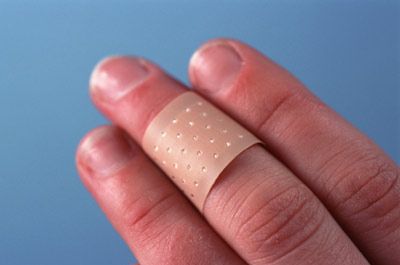When Everett Knowles Jr., a 12-year-old boy in Somerville, Mass., had his right arm ripped off at the shoulder as he erred while attempting to "hop a train," there was no good reason for anyone to think he could be made whole again.
Prior to this 1962 incident, doctors at Massachusetts General Hospital believed they were capable of such a task, but no suitable opportunities had been presented to them. Most accidental amputations are messy affairs, resulting in crushed limbs or other serious injuries that had made such a complicated procedure as reattachment impossible.
Advertisement
Before May 23, 1962, partial limb reattachments had been performed, but never a full reattachment of a completely severed limb -- on a human, anyway. Surgeries had actually been performed on several candidates previously, but all of them were dogs, who had successfully reattached limbs. Often enough, people suffered injuries that severed an artery, a bone, muscle tissue or nerves, and doctors had learned how to repair and reattach those. They just hadn't performed all of the procedures to heal a single injury that resulted in a full amputation and full reattachment.
In Knowles' case, doctors decided he would be a good candidate for a full reattachment. Within four hours of losing the arm (it was on ice), surgeons and specialists were working feverishly to help return the boy's body and prospects in life back to something resembling normal.
Doctors reconnected the arteries and veins first, and welcomed the return of a pink hue to the hand. The bone, muscle, nerve bundles and skin were then attached in subsequent surgeries. After additional nerve reattachment was performed several months later, feeling returned to the boy's arm and hand in the following weeks. This wasn't altogether pleasant for Knowles, as it created a strong, painful and tingling sensation.
What was pleasant is that the world's first limb reattachment surgery was a success. In the years that followed, Knowles regained use of his once-dominant right hand, and was eventually able to use it as well as a natural southpaw uses a right hand.
Since then, limb-reattachment surgery has improved, as have the prospects for those who accidentally amputate limbs. But what should you do to maximize the odds of reattachment success if you find yourself carrying your own detached limb with you to the hospital? Keep reading to find out.
Advertisement


